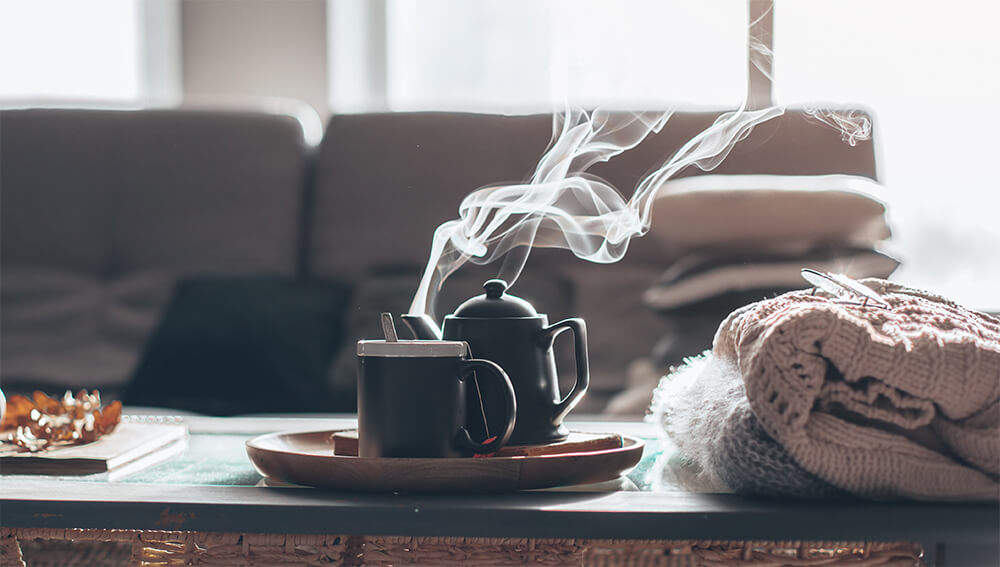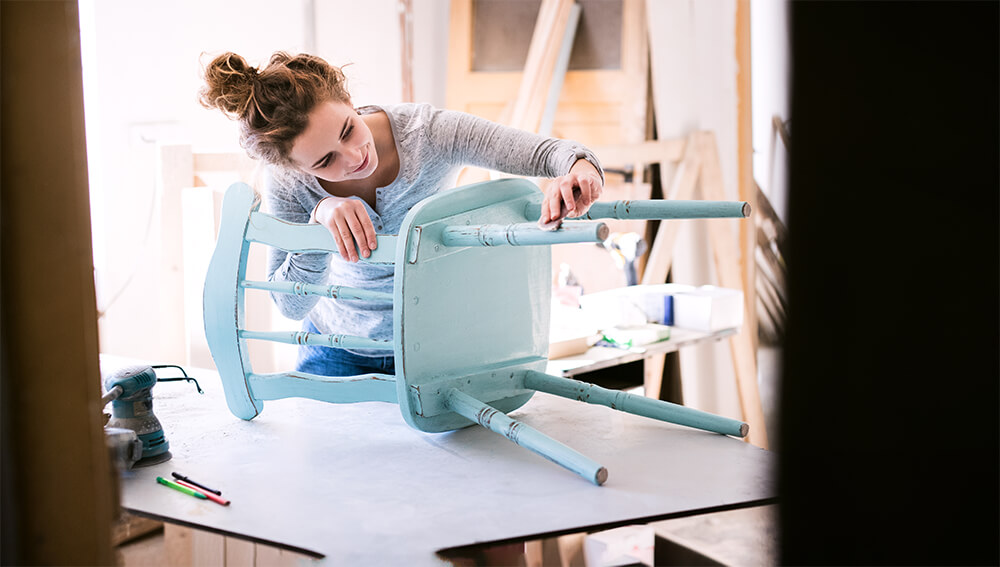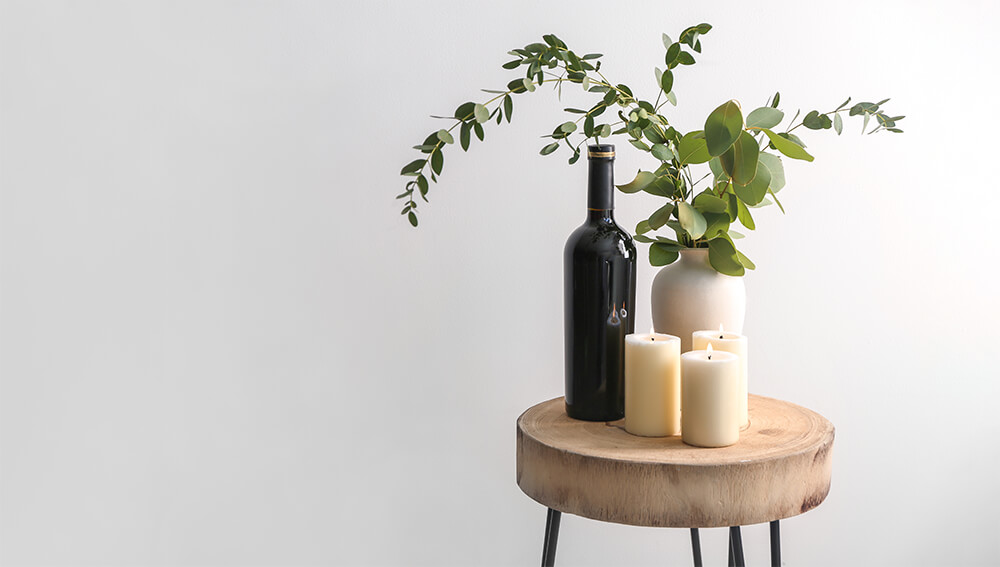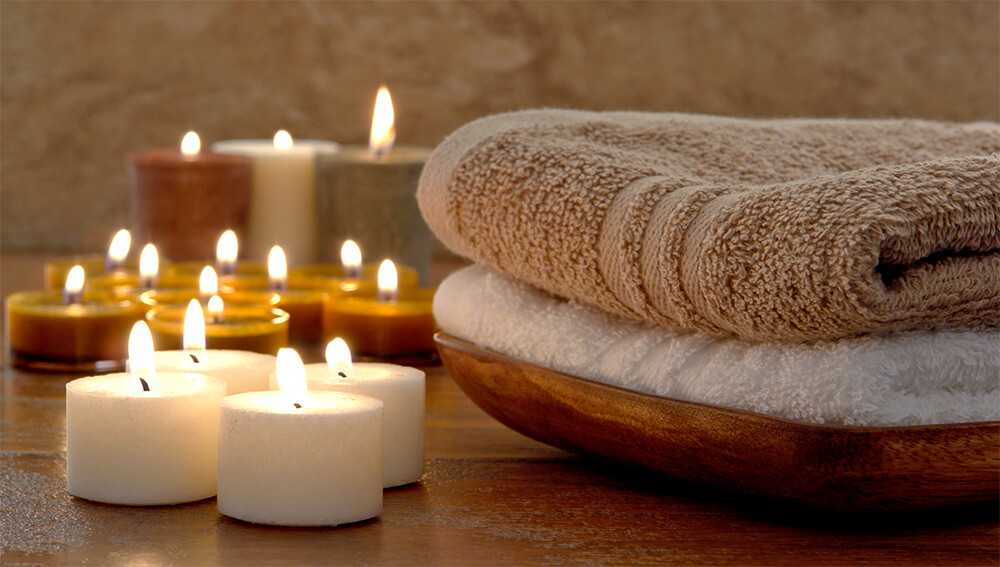There's no place like a happy home
There’s no place like a happy home. Small things can have a huge effect on your home and mindset. Make small changes in your home to create a candle lit, cosy sanctuary that is easy to relax in. Here are some tips to help you add a touch of coziness to your own home for a happy, cosy and clean lifestyle.
Bring outside in
Often there is no better feeling than being immersed in nature, however it can be hard to get outside and enjoy the views in the winter months. A plant can help to bring a little bit of nature into your home. If you are not sure about how to look after and care for a plant, there are plenty of artificial plants that you can place anywhere in your home.
Appreciate the imperfect things
Get creative by upcycling old pieces of furniture in your home. Sometimes, the sentimentality of an old chair is the thing that will make your home feel like home. Add a new cushion or throw to an old chair to allow you to keep the sentimentality while also giving something old a fresh feeling.


Create ambience with candles
The soft and warm glow of a candle can help you create a sense of calmness and coziness in your home. Small touches such as a familiar scent can evoke powerful memories. Awaken your senses in the morning with a floral scent, or cast a warm glow over your evenings with a woody scent.Give yourself an extra hour in bed
Give yourself an extra hour in bed
There’s nothing more luxurious than allowing yourself to read the paper in bed on a Saturday morning. Create a cosy bed by layering - mattress toppers, 100% cotton bedding and a bedspread helps to create a feeling of being tucked in and ready to relax.
Shop our Candles Collection
Bring outside in
Often there is no better feeling than being immersed in nature, however it can be hard to get outside and enjoy the views in the winter months. A plant can help to bring a little bit of nature into your home. If you are not sure about how to look after and care for a plant, there are plenty of artificial plants that you can place anywhere in your home.
Appreciate the imperfect things
Get creative by upcycling old pieces of furniture in your home. Sometimes, the sentimentality of an old chair is the thing that will make your home feel like home. Add a new cushion or throw to an old chair to allow you to keep the sentimentality while also giving something old a fresh feeling.

Shop our Artificial Plants

Your bathroom is your sanctuary
Oftentimes life can be too busy to spend time taking a long hot shower in the morning. Invest in towels, candles and a nice bathrobe to make your experience as relaxing as possible. When you have the time, relax in a long hot shower or bubble bath and play some relaxing music to create your own spa at home. A morning ritual can help to uplift you and get you ready to embrace the day. Carpe Diem.
Display the things that mean the most to you
There is no better way to remind yourself of a happy moment in your life than looking at a photo from your wedding day or family holiday. Create a photo wall with frames and fill them with pictures that take you back to those happy times.
Shop our Heath & Beauty Range

